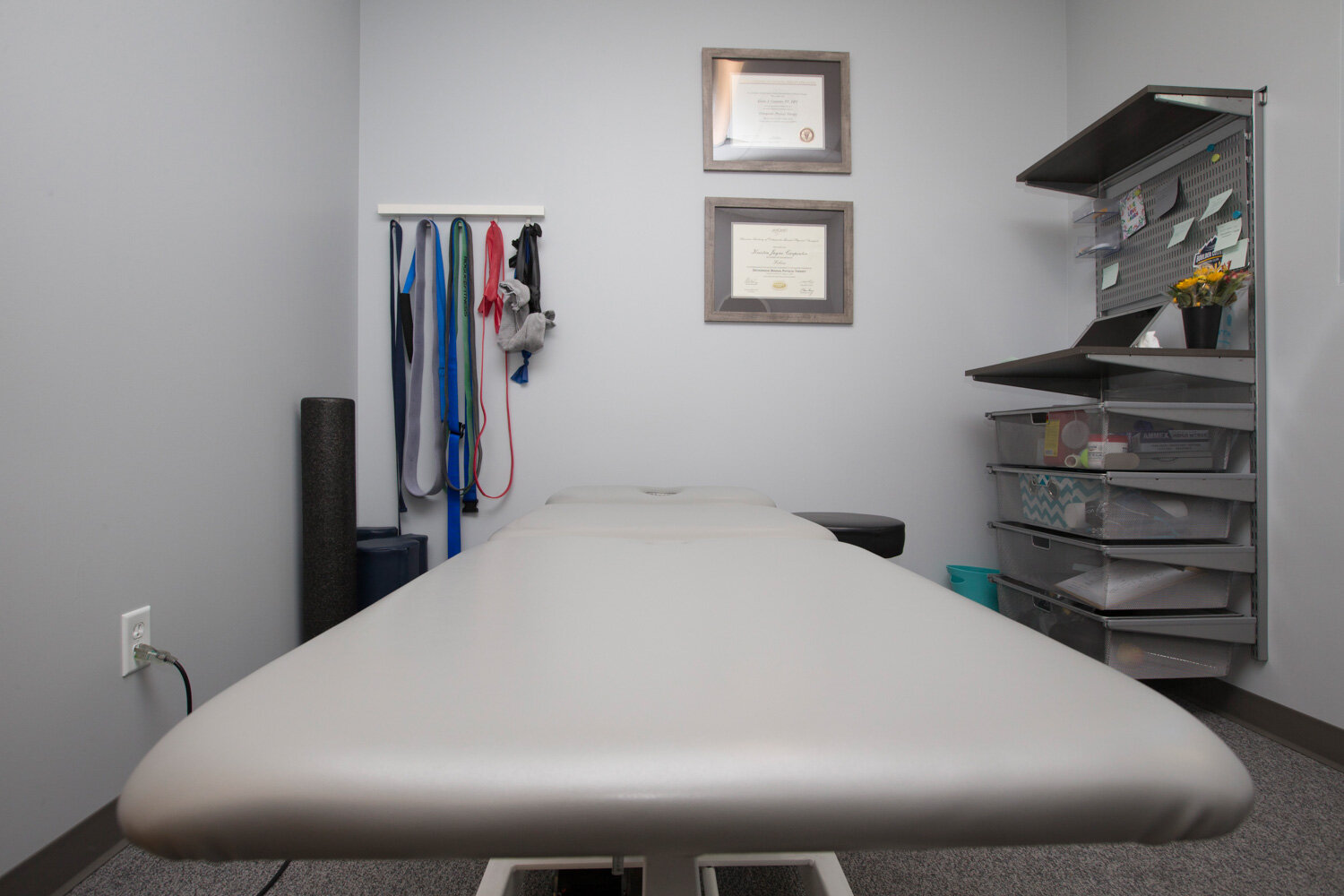Lumbar spinal stenosis is a relatively common condition in older adults with an estimated incidence of 1 in every 1000 adults over 65 years old. Age related changes in the spine lead to increased weight bearing across the posterior elements of the spine, arthritic changes in spinal joints, and decreased cross sectional area in the canals where the nerve roots exit the spinal bones. Patients may experience pain, numbness, pins and needles, and weakness in the lower extremities. Physical Therapy remains a first line intervention for patients with spinal stenosis and has been shown to be equivalent to surgery at long term follow up. Commonly utilized interventions include manual therapy to the spine and hips, core and hip strength, and gait training. A recent study highlights the impact of Physical Therapy appointment frequency on outcomes for patients with spinal stenosis.
The medical journal, Spine, recently published a randomized controlled trial on patients with spinal stenosis to determine the impact of PT visit frequency on pain and function (Minetama et al. 2020). Patients with spinal stenosis were randomized to either supervised physical therapy twice a week, supervised physical therapy once a week, or a home exercise program. Authors reported improved pain and function in the group receiving twice weekly Physical Therapy compared to the once weekly group or home exercise group. Authors concluded patients should be seen with an “intensive and supervised” exercise program to receive the optimal benefits of Physical Therapy.
Click Here To Learn Which Exercises Are Best For Spinal Stenosis
Click Here To Schedule Your Next Appointment With The Experts At MEND

